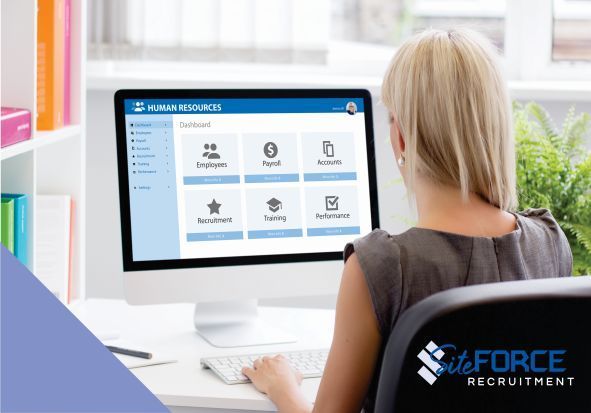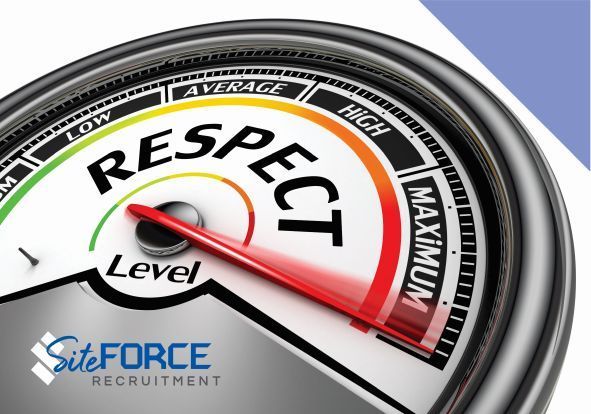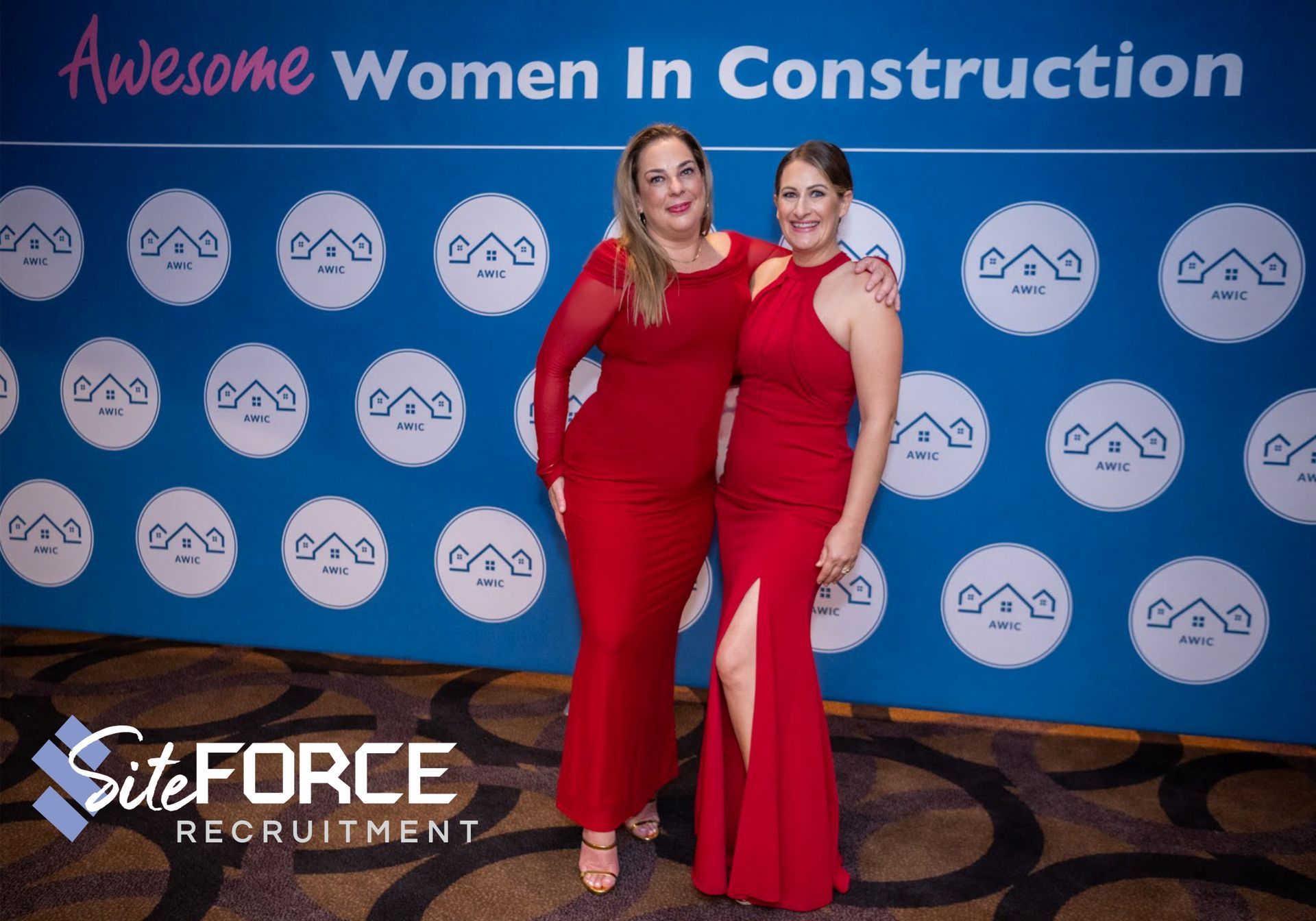Boomers Zoomers & Beyond
Adapting to Multi-Generational Workplaces

Did you know that having a mix of different ages in the workforce is becoming more and more common these days? As people are working longer, we're seeing a wider range of ages having to work together. But hey, it's not all bad news! Research actually shows that having a diverse age range in the workplace can be a major boost!
Getting the mix right takes a skill. There is ample research to support the benefits of having a diverse age range in the workforce. For example, a study by the National Bureau of Economic Research found that older workers can bring valuable experience and knowledge to the workplace, and can help to increase productivity and innovation. Similarly, a report by the Centre for Ageing Better found that intergenerational teams can improve workplace culture and increase knowledge sharing.
On the other hand, younger workers can also bring important skills and perspectives to the workplace. For example, a survey by PwC found that younger workers are more likely to be comfortable with new technologies and to embrace change, which can be beneficial in a rapidly evolving workplace.
Furthermore, a report by the Australian Human Rights Commission found that age diversity in the workforce can lead to increased creativity and innovation, and can help organisations to better understand and meet the needs of a diverse range of customers and stakeholders.
Overall, there is a growing recognition of the benefits of age diversity in the workplace, and many organisations are taking steps to ensure that they have a diverse and inclusive workforce that represents a range of ages and backgrounds.
It requires each age group to adapt, and that takes intention and effort, but the benefits and learnings are worth it. To adapt in today’s rapidly changing and diverse work environment, there are several important soft skills that individuals need to possess, including communication, collaboration, empathy, creativity, leadership, emotional intelligence and time management. Going through the process actually builds our skill set, especially our soft skills. No wonder ‘soft skills’ is one of the highest items on the list of desired skills of employers today.
While some may see this as a challenge, it can actually be a strength, as older workers can bring a wealth of experience and knowledge to the workplace, while younger workers can bring fresh ideas and new perspectives. In this article, we'll explore how older workers can help younger workers, and how younger workers can help older workers.
The Strengths of Older Workers
Older workers can help younger workers by providing mentorship and guidance. Many older workers have decades of experience in their field, and can provide valuable insights and advice to younger workers who are just starting out. Coupled with this experience, older workers tend to have a "go slow to go fast" approach that they have learned in their vast experience that taking the time to plan and prepare leads to faster, more efficient and defect free outcomes in the long run.
These insights include guidance on navigating complex projects, tips on building relationships with clients and colleagues, or advice on career development, leadership and best practices including being reliable, turning up on time and communicating well. By sharing their knowledge and expertise, older workers can help younger workers develop their skills and grow their careers.
In addition, older workers can also serve as role models for younger workers. Seeing older colleagues who are still passionate and engaged in their work can be inspiring for younger workers, and can help them envision a long and fulfilling career. Older workers can also help to create a positive and supportive work environment, by fostering a culture of respect and collaboration.
The Strengths of Younger Workers
On the other hand, younger workers can bring new ideas and perspectives to the workplace. As digital natives, they are often more comfortable with new technologies and can help older workers navigate new tools and platforms. They can also bring fresh ideas to projects and processes, challenging the status quo and driving innovation.
In addition, younger workers can help to bridge the generation gap by fostering a culture of inclusivity and respect. They can help to break down stereotypes and preconceptions about age, and create a more collaborative and supportive workplace. This can benefit not just older workers, but also the wider organization, by fostering a culture of innovation and collaboration.
Adapting To Learning Styles
Another important factor to consider when working with colleagues of different ages is their different learning styles. Research has shown that people have different preferences when it comes to learning, and this can be influenced by a range of factors, including age, experience, and personality. For example, younger workers may be more comfortable with digital learning tools, while older workers may prefer more traditional forms of learning, such as face-to-face training. Similarly, some workers may prefer hands-on learning, while others may prefer reading or listening to lectures. To accommodate these different learning styles, it's important to provide a range of learning opportunities and to be flexible in the delivery of training and development programs. This can help to ensure that all team members have the opportunity to learn and grow in a way that suits their individual needs and preferences.
Adapting To Aged Based Preferences
Finally, there may be generational differences in attitudes towards work and career. For example, older workers may prioritise job security and stability, while younger workers may prioritise flexibility and work-life balance. To overcome this, it's important to create a work environment that supports a range of work styles and career paths, and allows all team members to pursue their goals and ambitions.
The Challenges and The Solutions
Of course, working with colleagues of different ages can also present challenges. One potential issue is communication. Older workers may prefer face-to-face communication, while younger workers may be more comfortable with digital communication tools. To overcome this, it's important to foster open and honest communication and encourage all team members to share their preferences and ideas.
Another challenge is adapting to different work styles. Older workers may have a more traditional work style, while younger workers may prefer a more flexible and dynamic approach. To address this, it's important to create a work environment that is flexible and adaptable, and allows all team members to work in a way that suits them.
In conclusion, having a workforce with widely varying ages can be a strength for organisations, as it allows for a range of perspectives, experiences, and knowledge to be brought to the table. By fostering open communication, respect, and collaboration, organisations can create a positive and inclusive work environment that benefits all team members, regardless of their age.
Related articles:
Protect Your Business: 4 Critical Due Diligence Checks You Can't Afford to Skip
Hello New World - A Return To Profits
SiteForce Recruitment specialise in labour-hire and permanent recruitment in the construction industry. We are committed to valuing people, safety and well-being, collaboration, trust and of course – results!
CONNECT with us via our contact page or bookings links on our website if you are looking to recruit for, get your dream job, or join our amazing labour force team.
#siteforcerecruitment #recruitment #labourhire #brisbanejobs











